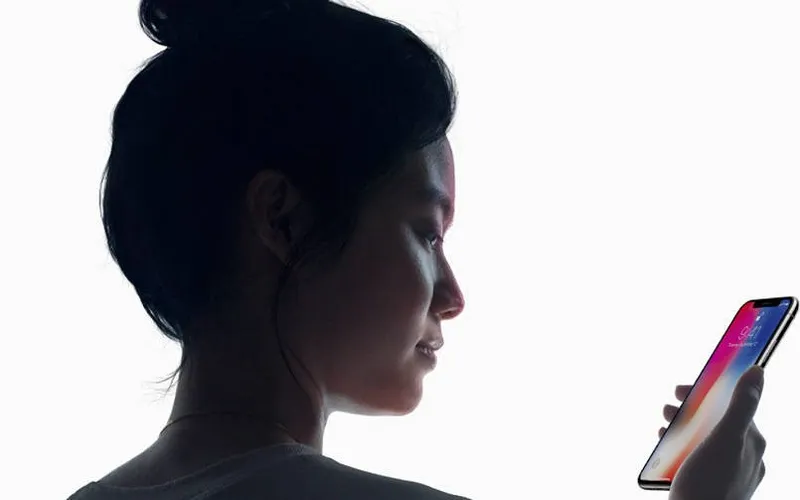How facial recognition will become a standard feature on smartphones by 2020
Over one billion handsets with facial scanning capabilities will be shipped in the next two years. Multiple 3D sensors would be able to support AR, VR and AI technologies.
Facial recognition on smartphones is slowly yet surely becoming ubiquitous. When trendsetter Apple unveiled the much-talked about Face ID feature on its flagship iPhone X last September, the world took note. But, Apple’s on-stage demo faltered, revealing almost instantly the complexities and unpredictability of the technology.
Several tech observers called out Apple for an “embarrassing” faux pas, while others deemed the feature risky and insecure. However, there was no dearth of curiosity surrounding facial recognition which many reckon could make fingerprint sensors nearly redundant by 2020.

Researchers estimate 64 percent of all smartphones shipped in 2020 will have advanced facial recognition systems that consist of multiple 3D sensors. These sophisticated sensors would be equipped to handle emerging technologies like augmented reality (AR), virtual reality (VR) and artificial intelligence (AI).
According to Counterpoint Research, new players will evolve in the mobile components ecosystem who will leverage machine learning, data processing and sensor data to give birth to unique, unseen features in smartphones.
Counterpoint says mobile devices will combine biometric sensors for the face, iris, voice and fingerprints to provide a holistic “contactless authentication” system. Instead of competing with each other, each biometric feature will be layered on top of the other, and can be used on an app-to-app basis depending on user discretion.
Neil Shah, Research Director at Counterpoint Research, says: “In 2018, we expect all leading handset manufacturers to launch flagship handsets with facial recognition capability. Some will also be inspired by Apple’s ‘notch’ design… In addition to flagship products, we expect 2D face recognition will find its way into mid-range products from leading Chinese handset brands.”
Counterpoint predicts more than one billion smartphones will ship with facial recognition features in 2020. Unsurprisingly, the world’s top two smartphone manufacturers, Apple and Samsung, are expected to lead in terms of adoption. Chinese mobile-makers OnePlus, Oppo, Vivo, Xiaomi and Huawei are likely to follow suit.
Facial recognition so far
Apple offers a Face ID feature on the iPhone X. It generates a 3D depth map of the user’s face that is obtained by multiple sensors placed in the ‘notch’ of the handset.
Samsung, on the other hand, relies on 2D facial recognition along with an iris scanner to offer biometric recognition on its flagship Galaxy Note 8.
OnePlus, which leads the premium smartphone segment in India, uses 2D facial recognition only.
Analysts believe smartphone manufacturers will arrive at a combination of 2D and 3D facial recognition technologies based on a per-device price. A premium handset would have more than one feature, while a budget phone would stick to one.
Budget phones have already made fingerprint sensors a standard feature. They’ll take to facial scanning shortly.
Pavel Naiya, Senior Analyst at Counterpoint Research says, “The diffusion of facial recognition technology into lower tier price bands will be faster than any other flagship feature due to 2D facial recognition being native on the Android platform."
Tech challenges
Advanced technology is often up against cost barriers. This too could face the same.
Experts say cost issues will limit hardware-based 3D sensing to high-end phones only, at least in the short term. But, middle-to-lower end handsets can utilise software-based facial recognition systems — a host of which are likely to mushroom by 2020 as facial scanning becomes an “undeniable trend”.
Counterpoint’s Shah explains, “The use of AI-based machine learning algorithms coupled with ever faster processors means that the latest software-only facial recognition technologies are able to overcome many of the traditional drawbacks of 2D face recognition and could become a real alternative to Face ID, at least for unlocking phones.”







